
Stroke Warning Signs: When Your Body Sends a Silent SOS
Stroke Warning Signs: When Your Body Sends a Silent SOS
Imagine you’re sipping your morning coffee or scrolling through your phone, and out of nowhere, your arm feels heavy or your leg suddenly gives out. You might shrug it off as just fatigue, low blood sugar, or maybe a pinched nerve. But this could actually be a critical warning sign—one you shouldn’t ignore. Sudden weakness in a limb, especially on one side of the body, can be a major red flag for a stroke.
What Is a Stroke?
A stroke, often referred to as a "brain attack," occurs when blood flow to a part of the brain is interrupted—either by a clot (ischemic stroke) or bleeding in the brain (hemorrhagic stroke). Without a steady flow of oxygen-rich blood, brain cells begin to die within minutes. That’s why recognizing the early symptoms of stroke is absolutely crucial.
Key Symptoms of a Stroke
Stroke symptoms can appear suddenly and vary depending on which part of the brain is affected. The most common and telltale signs include:
-
Sudden weakness or numbness in the face, arm, or leg—especially on one side of the body
-
Facial drooping—one side of your smile may appear uneven
-
Slurred speech or trouble speaking clearly
-
Difficulty understanding speech, even if you're fully aware of what you want to say
-
Confusion or trouble processing language or simple instructions
-
Vision issues, such as double vision or blindness in one eye
-
Sudden dizziness, loss of balance, or coordination problems
-
Severe headache—a thunderclap-like pain that may be accompanied by nausea or vomiting
These signs aren’t always isolated. A combination of symptoms, like arm weakness and slurred speech, increases the likelihood of a stroke and requires immediate medical attention.
Don't Confuse Stroke with Similar Conditions
One of the most dangerous aspects of a stroke is how easily it can be mistaken for something else. For instance:
-
Pinched nerves can cause limb weakness but don’t affect speech or consciousness
-
Transient Ischemic Attacks (TIAs), also known as "mini-strokes," mimic strokes but usually resolve within minutes to hours. However, they often precede full strokes and should never be ignored
-
Bell’s palsy can cause one-sided facial paralysis, but it typically doesn’t involve limb weakness or speech problems
-
Migraines can cause visual disturbances and sensory changes, but they usually develop more gradually
-
Low blood sugar (hypoglycemia) can lead to confusion or weakness, especially in people with diabetes
Here’s the rule: When in doubt, treat it as a stroke until proven otherwise.
Why Immediate Action Is Critical
In a stroke, every second counts. The faster a person receives treatment, the better the outcome. Emergency treatments, such as clot-busting drugs or surgical interventions, work best when administered within the first few hours of symptom onset.
If you or someone nearby experiences any stroke-like symptoms, follow the FAST method:
-
Face: Ask the person to smile. Does one side droop?
-
Arms: Can they raise both arms, or does one drift down?
-
Speech: Is their speech slurred or hard to understand?
-
Time: If you notice any of these signs, call emergency services immediately.
Final Thoughts: Listen to What Your Body Is Telling You
Stroke doesn’t always come with dramatic symptoms. Sometimes it’s a subtle sign—a limp leg, a drooping smile, or a word you just can’t say right. But these small signals can lead to devastating consequences if ignored.
Bottom line: If your body suddenly isn’t working like it should, don’t wait. Don’t guess. Don’t Google. Get help. Recognizing the early signs of stroke and acting quickly can save your brain—and your life.
News in the same category


How to Safely Remove Milia

Natural Methods to Destroy Bloating and Heartburn-Causing Bacteria in Your Gut

Doctor warns of the worrying symptoms that mean common disorder could actually be bowel cancer
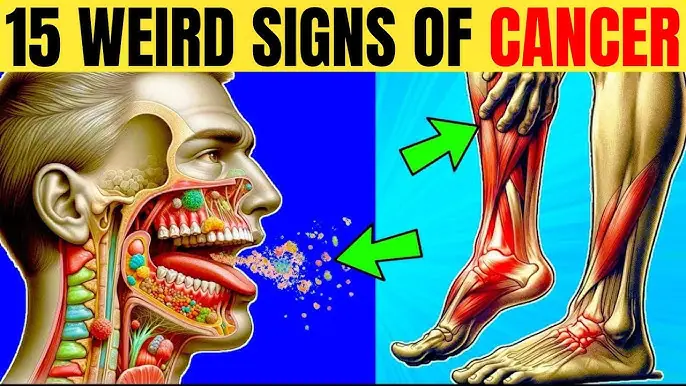
15 Early Signs Your Body is Fighting Cancer
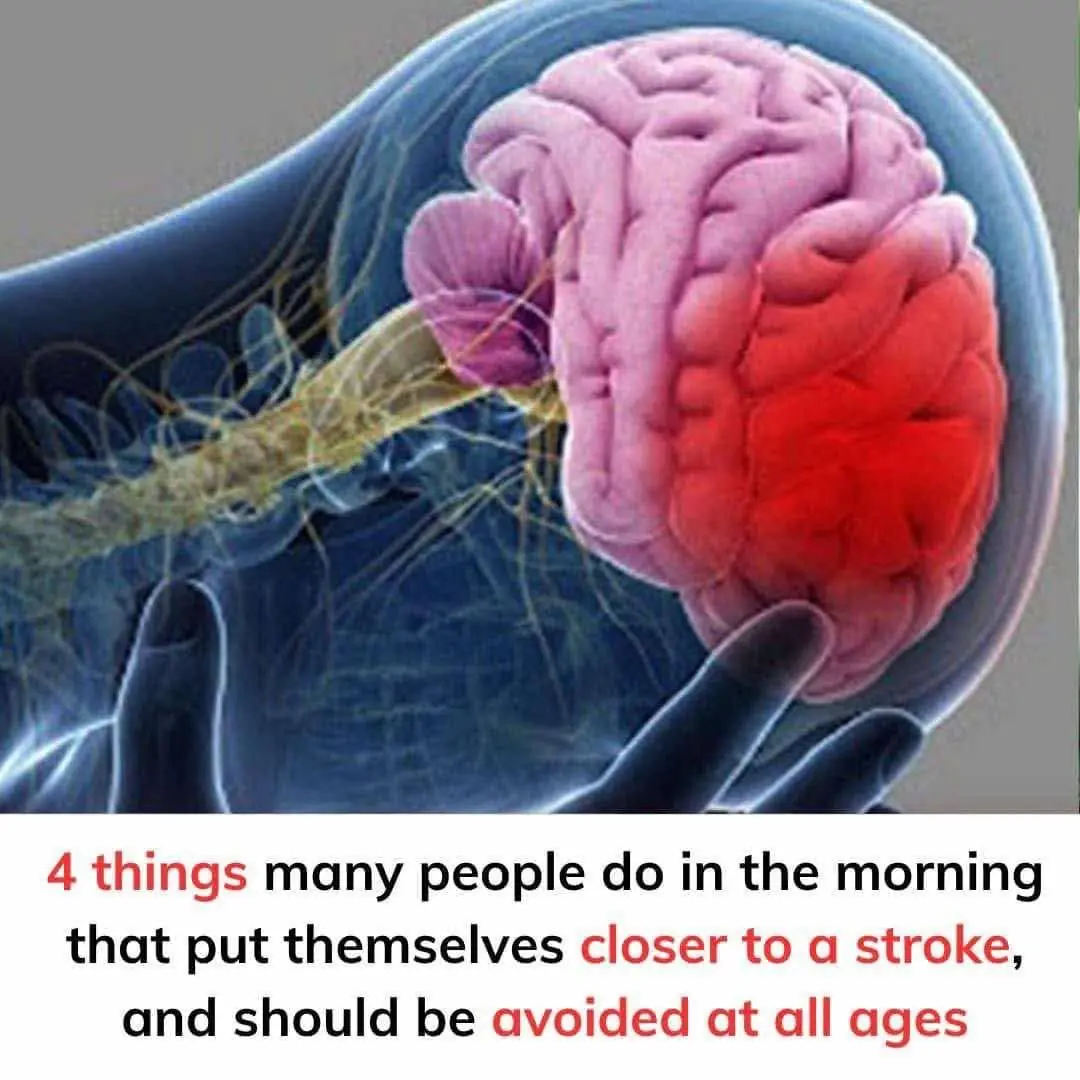
common morning habits that may increase your risk of stroke
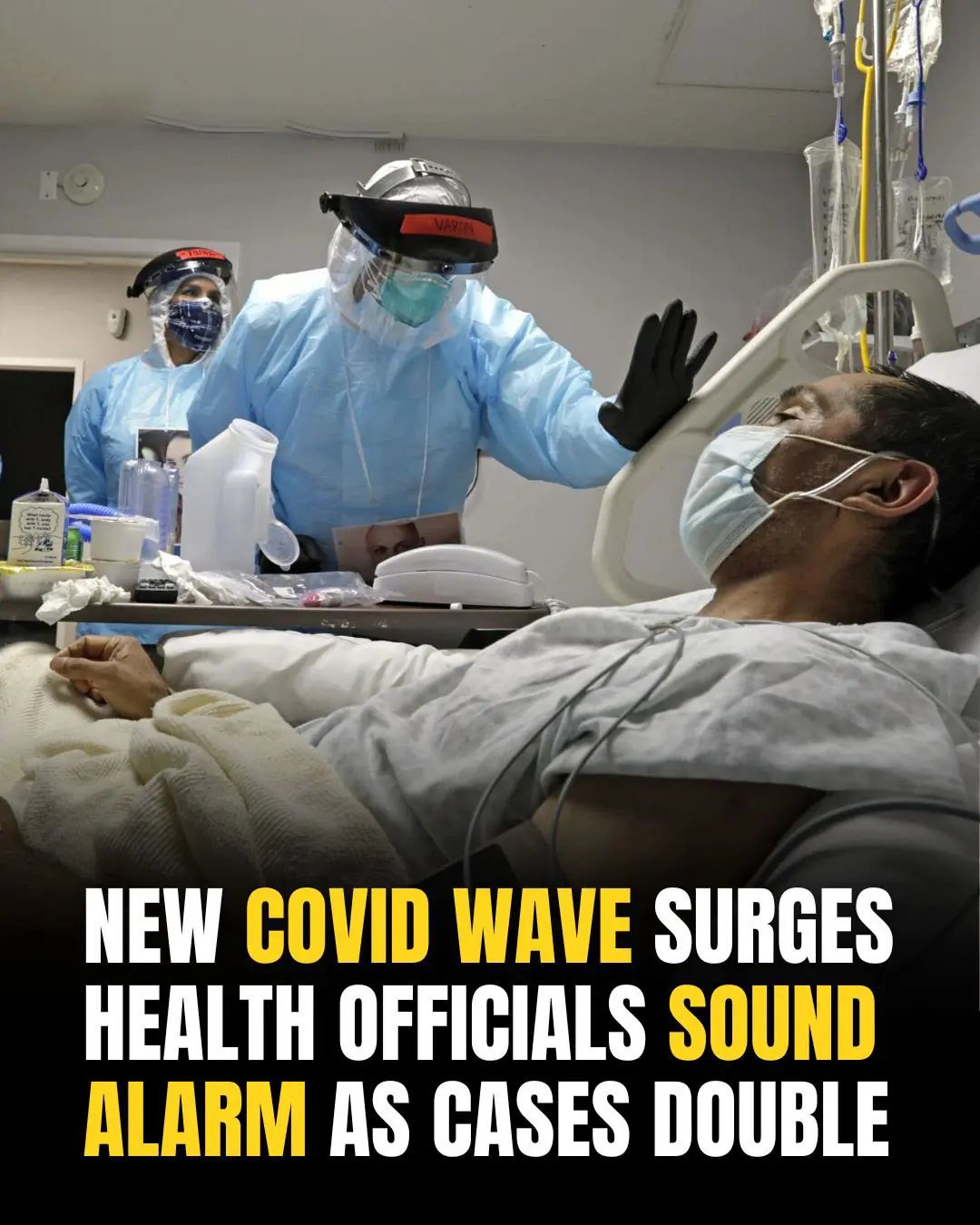
New COVID Wave Surges — Health Officials Sound Alarm As Cases Double

How to Improve Your Vision Naturally with One Simple Ingredient: Saffron

How to STOP Cravings FAST Without Dieting! (The Natural Ozempic?)

Doctors make disturbing discovery in the brains of heavy alcohol drinkers that 'can cause long-term effects'

World-first sperm race is happening soon and the creators have revealed how it will work

Scientists Grow First Fully Formed Tooth In Lab — A Groundbreaking Breakthrough
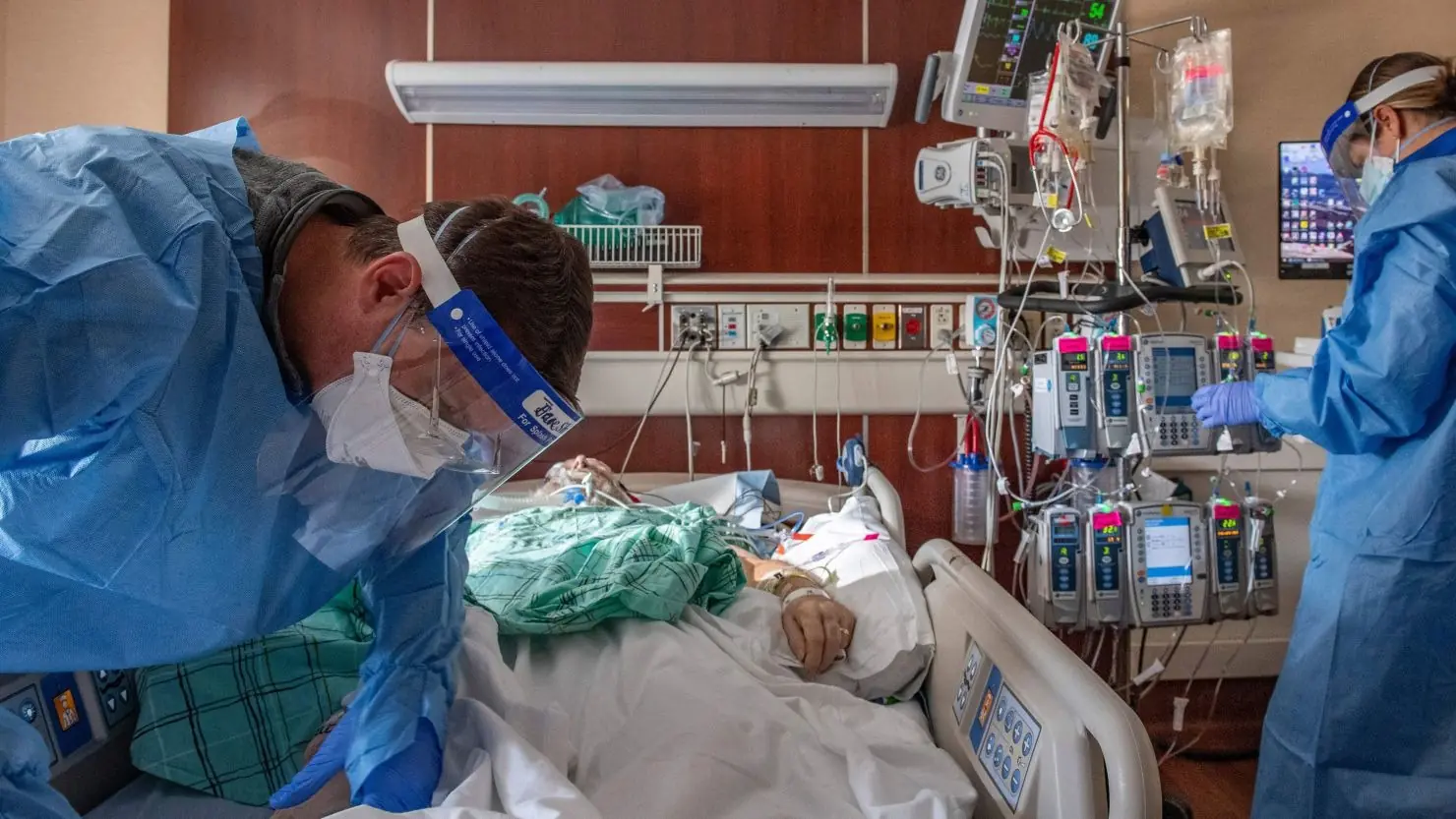
New COVID Wave Surges — Health Officials Sound Alarm As Cases Double

10 Things That Men May Find Unattractive About Women Over 50

8 Signs You Might Be Affected by Lactose Intolerance

Understanding Diabetes: Types, Symptoms, Risks, and How to Manage It

Doctors Highlight A Rare Cancer Symptom That Can Appear On Your Toenails

Understanding Cholesterol: The Good, the Bad, and How to Keep It in Check

Only 1 Cup a Day: Choose 1 of These 3 Drinks to CLEANSE Your Fatty Liver!
News Post

My MIL Thought I Was Not Beautiful Enough for Her Son, So I Entered a Beauty Contest to Win the Crown

Scientists Have Discovered An Alarming Rise in Advanced Prostate Cancer in California

How to Safely Remove Milia

Natural Methods to Destroy Bloating and Heartburn-Causing Bacteria in Your Gut

Doctor warns of the worrying symptoms that mean common disorder could actually be bowel cancer

15 Early Signs Your Body is Fighting Cancer

common morning habits that may increase your risk of stroke

New COVID Wave Surges — Health Officials Sound Alarm As Cases Double

Photographer of tragic little girl trapped in volcanic mudflow explains why he didn’t help her

How to Improve Your Vision Naturally with One Simple Ingredient: Saffron

How to STOP Cravings FAST Without Dieting! (The Natural Ozempic?)
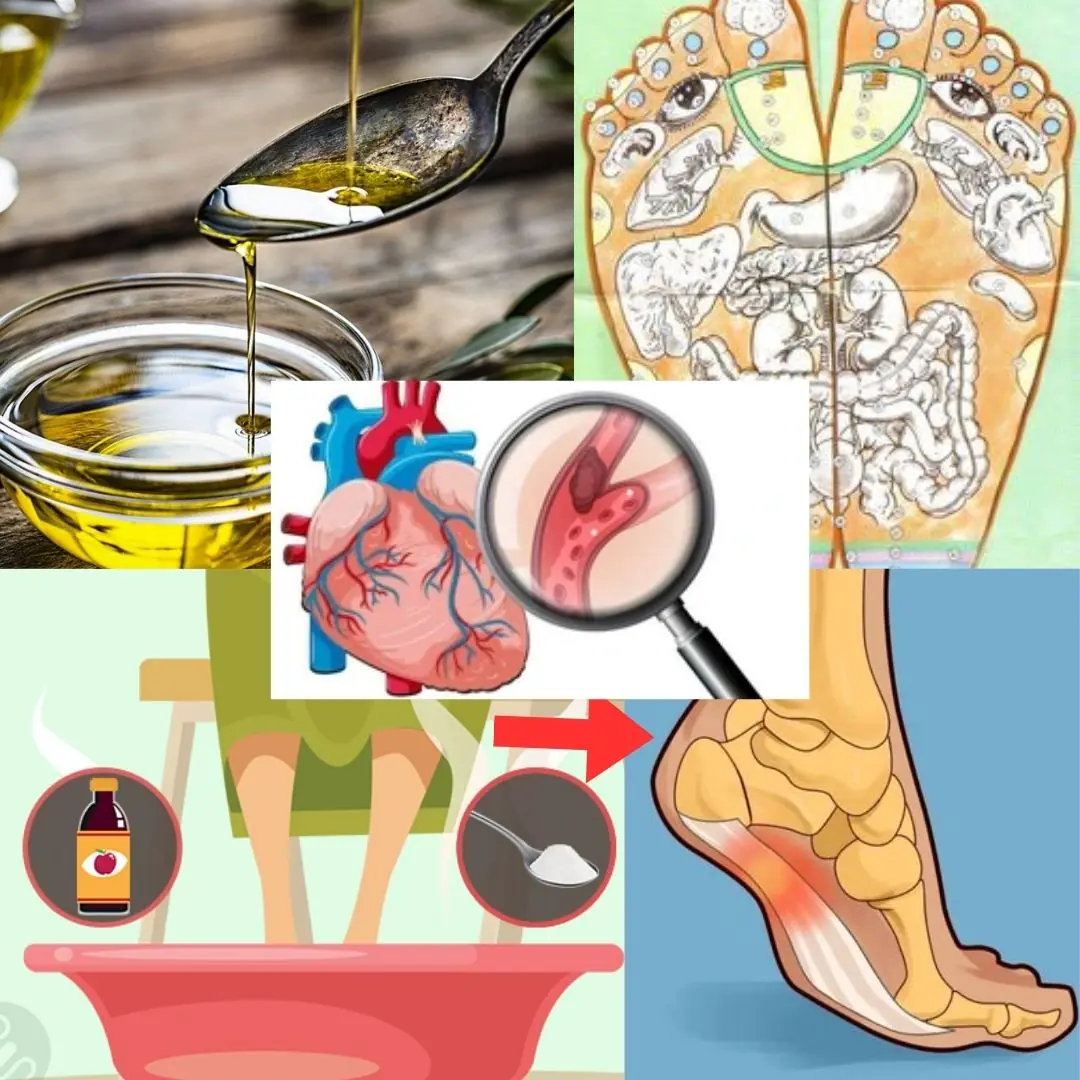
Homemade Natural Painkiller: A Simple 3-Ingredient Remedy for Fast Relief

URGENT: These Foods Improve Circulation INSTANTLY!

THEY BEGGED ME TO QUIT MY JOB TO WATCH MY GRANDKIDS – NOW THEY'RE DUMPING ME FOR DAYCARE
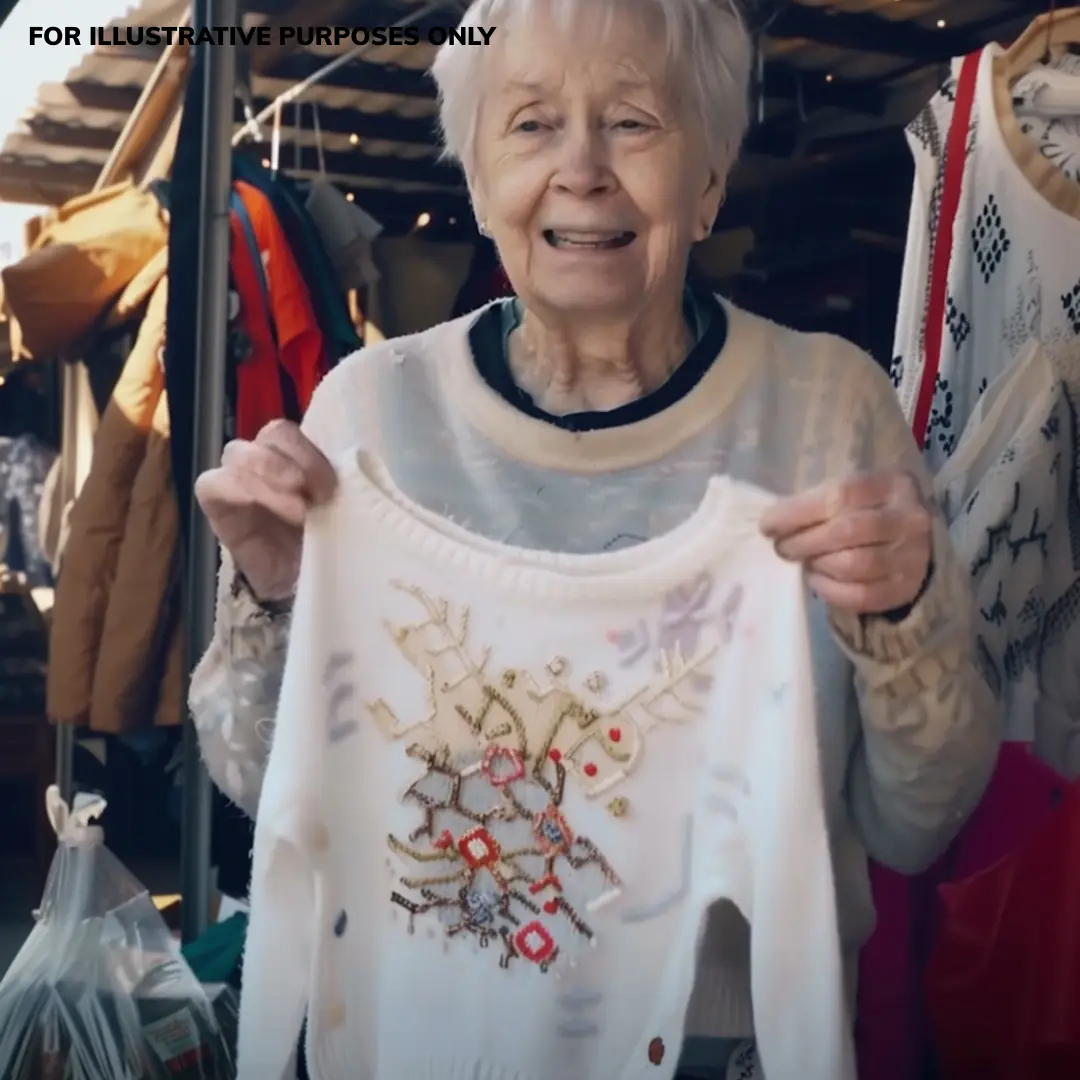
Grandma Saw the Sweater She Knitted for Her Granddaughter Donated and Decided It Was Time for a Talk About Appreciation

My Late Mom Left Me a Trust Fund, but My Dad Took Money from It for His Stepdaughter — I Finally Retaliated
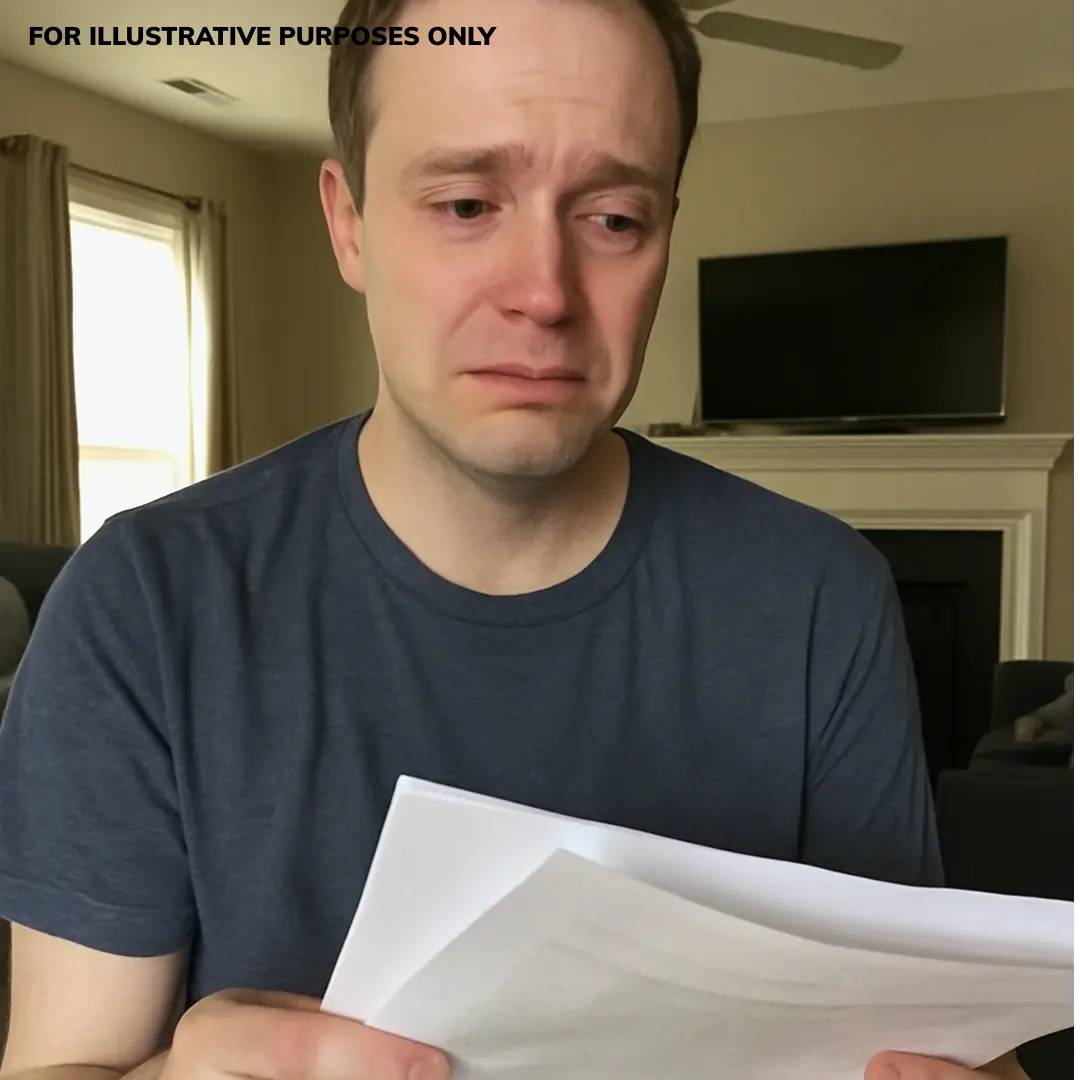
My Husband Made Me Sell My Apartment to Pay Off His 'Business Debts' After Being 'Dumped' by His Partner — But It All Turned Out to Be a Lie

My Landlord Raised My Rent Because I Got a Promotion — Big Mistake Messing With a Single Working Mom of Three

All the Guests Brought Black Gifts to My Birthday Party — If Only I Knew What Was Coming
